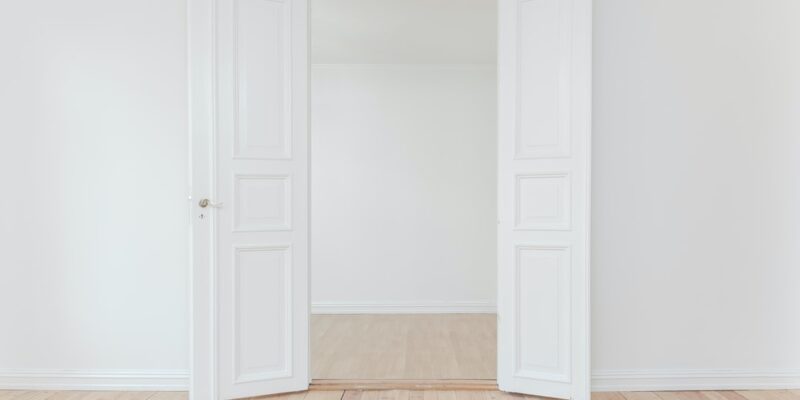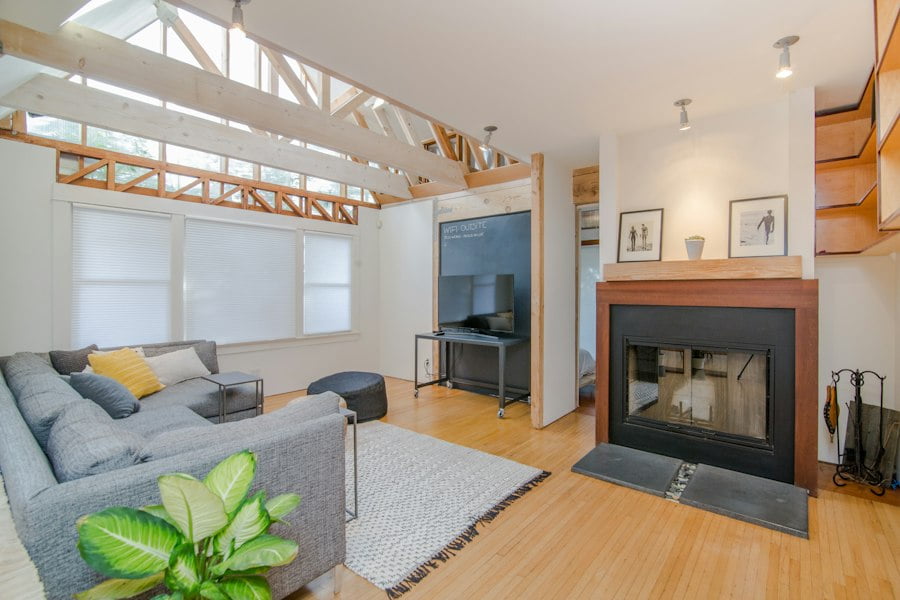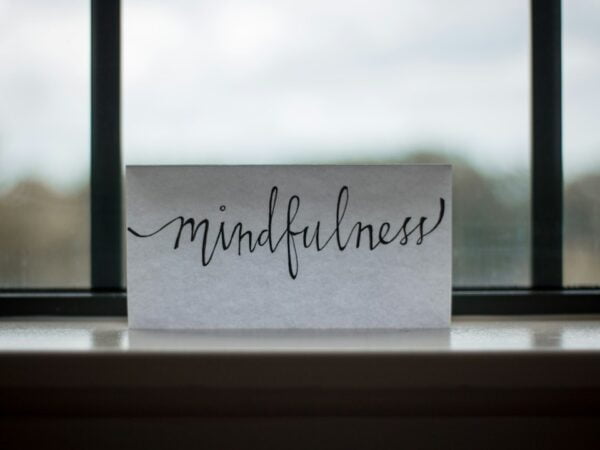
Get Fit at Home: The Best Home Workout Routines for a Healthier You
Home workouts have become increasingly popular in recent years, and for good reason. With the convenience and cost-effectiveness of working out at home, more and more people are opting to skip the crowded gyms and exercise in the comfort of their own space. In this article, we will explore the benefits of home workouts, provide tips on setting up a home gym, and discuss various types of workouts that can be done at home.
Key Takeaways
- Home workouts offer numerous benefits, including convenience, cost-effectiveness, and flexibility.
- Setting up a home gym can be done with minimal equipment and space, and can save time and money in the long run.
- Cardiovascular workouts at home can be achieved through activities such as jumping jacks, running in place, and dancing.
- Strength training workouts at home can be done with resistance bands, dumbbells, or bodyweight exercises.
- Bodyweight workouts, yoga and Pilates, HIIT, and stretching and flexibility exercises can all be done at home with little to no equipment.
- Staying motivated and consistent with home workouts can be achieved through setting goals, tracking progress, and finding accountability partners.
- Overall, home workouts offer a convenient and effective way to stay active and healthy without leaving the house.
Benefits of Home Workouts
One of the biggest advantages of Home workouts is the ability to save time and money. With a home gym, you can eliminate the need to commute to a fitness facility, saving you valuable time that can be better spent on other activities. Additionally, the cost of a gym membership can add up over time, whereas setting up a home gym can be a one-time investment that pays off in the long run.
Another benefit of home workouts is the ability to avoid crowded gyms. Many people find it uncomfortable or intimidating to exercise in front of others, especially if they are just starting out or self-conscious about their fitness level. By working out at home, you can have more privacy and focus solely on your own progress without any distractions.
Furthermore, home workouts can be tailored to individual needs and preferences. Whether you prefer high-intensity interval training (HIIT), strength training, or yoga, you have the freedom to choose the type of workout that suits your goals and interests. This flexibility allows you to create a routine that you enjoy and are more likely to stick with in the long term.
Setting Up Your Home Gym
Setting up a home gym doesn’t have to be complicated or expensive. Start by choosing the right equipment based on your fitness goals and available space. If you’re looking for cardiovascular workouts, consider investing in a treadmill or stationary bike. For strength training, dumbbells or resistance bands are great options. If space is limited, you can even use your own bodyweight for exercises.
Finding the right space for your home gym is also important. Ideally, choose a room or area that is well-ventilated and has enough space for you to move around comfortably. Make sure there is enough natural light or invest in good lighting to create a motivating environment. Additionally, consider safety precautions such as using a mat for floor exercises and ensuring that any equipment is properly secured.
Cardiovascular Workouts at Home
| Workout Type | Duration | Calories Burned | Heart Rate |
|---|---|---|---|
| Jumping Jacks | 10 minutes | 100 | 120 bpm |
| High Knees | 15 minutes | 150 | 140 bpm |
| Burpees | 20 minutes | 200 | 160 bpm |
| Mountain Climbers | 25 minutes | 250 | 170 bpm |
| Jump Rope | 30 minutes | 300 | 180 bpm |
Cardiovascular exercise is essential for maintaining a healthy heart and burning calories. Fortunately, there are plenty of cardiovascular workouts that can be done at home without any equipment. Jumping jacks, running in place, and dancing are all great options to get your heart rate up and improve your cardiovascular fitness.
Jumping jacks are a classic exercise that can be done anywhere. Start with your feet together and arms by your sides. Jump up, spreading your legs wider than hip-width apart and raising your arms above your head. Jump again, bringing your feet back together and lowering your arms to the starting position. Repeat this movement for a set amount of time or repetitions.
Running in place is another effective cardiovascular exercise that requires minimal space. Simply lift your knees up towards your chest while jogging on the spot. You can increase the intensity by pumping your arms or adding high knees to the movement.
Dancing is a fun and enjoyable way to get your heart rate up. Put on some music and let loose! Dance around the room, incorporating different movements such as jumping, twisting, and shaking your hips. Not only will you burn calories, but you’ll also have a great time doing it.
Strength Training Workouts at Home
Strength training is crucial for building muscle, improving bone density, and increasing overall strength. Fortunately, there are numerous strength training exercises that can be done at home with minimal equipment or just using your own bodyweight.
Push-ups are a classic exercise that targets the chest, shoulders, and triceps. Start in a plank position with your hands slightly wider than shoulder-width apart. Lower your body towards the floor by bending your elbows, keeping your back straight. Push back up to the starting position and repeat for a set amount of repetitions.
Squats are another effective strength training exercise that targets the lower body. Stand with your feet shoulder-width apart and toes slightly turned out. Bend your knees and lower your hips down towards the floor, keeping your chest up and weight in your heels. Push through your heels to stand back up and repeat for a set amount of repetitions.
Lunges are great for targeting the legs and glutes. Start by standing with your feet hip-width apart. Take a step forward with one foot and lower your body down until both knees are bent at a 90-degree angle. Push through the front heel to stand back up and repeat on the other side. Alternate legs for a set amount of repetitions.
Bodyweight Workouts at Home

Bodyweight workouts are a great way to improve overall fitness and flexibility without the need for any equipment. These exercises use your own bodyweight as resistance, making them accessible to people of all fitness levels.
Planks are an excellent exercise for strengthening the core muscles. Start in a push-up position with your hands directly under your shoulders and toes on the floor. Engage your core and hold this position for as long as you can, making sure to keep your body in a straight line from head to toe.
Burpees are a full-body exercise that combines strength training and cardiovascular fitness. Start by standing with your feet shoulder-width apart. Squat down and place your hands on the floor in front of you. Jump or step back into a plank position, then jump or step back up to the squat position. Stand up and jump explosively into the air, reaching your arms overhead. Repeat for a set amount of repetitions.
Mountain climbers are a great exercise for targeting the core and improving cardiovascular fitness. Start in a push-up position with your hands directly under your shoulders and toes on the floor. Bring one knee towards your chest, then quickly switch legs, as if you are running in place. Continue alternating legs for a set amount of time or repetitions.
Yoga and Pilates Workouts at Home
Yoga and Pilates are both excellent forms of exercise that can be done at home with minimal equipment. These workouts focus on improving flexibility, balance, and mental health.
Sun salutations are a series of yoga poses that flow together to create a dynamic sequence. Start by standing at the front of your mat with your feet together and hands by your sides. Inhale and raise your arms overhead, then exhale and fold forward, bringing your hands to the floor or shins. Inhale and lift your chest halfway, then exhale and step or jump back into a plank position. Lower down into a push-up, then inhale and lift your chest into an upward-facing dog position. Exhale and lift your hips into a downward-facing dog position. Step or jump forward to the front of your mat, inhale and lift your chest halfway, then exhale and fold forward. Inhale and rise up to standing, reaching your arms overhead. Repeat this sequence for a set amount of repetitions.
Pilates mat exercises are a great way to strengthen the core and improve overall body strength. The hundred is a classic Pilates exercise that targets the abdominal muscles. Start by lying on your back with your knees bent and feet flat on the floor. Lift your head, neck, and shoulders off the mat, reaching your arms long by your sides. Inhale deeply, then exhale as you lift your legs off the floor into a tabletop position. Pump your arms up and down by your sides as you inhale for five counts and exhale for five counts. Continue this pumping motion for a set amount of repetitions.
HIIT Workouts at Home
High-intensity interval training (HIIT) is a popular form of exercise that alternates between short bursts of intense activity and periods of rest or lower intensity. HIIT workouts are great for improving cardiovascular health and burning calories.
High knees are a simple yet effective HIIT exercise that can be done at home. Stand with your feet hip-width apart and arms by your sides. Lift one knee up towards your chest, then quickly switch legs, as if you are running in place. Continue alternating legs as fast as you can for a set amount of time or repetitions.
Jumping jacks are another great HIIT exercise that targets the whole body. Start with your feet together and arms by your sides. Jump up, spreading your legs wider than hip-width apart and raising your arms above your head. Jump again, bringing your feet back together and lowering your arms to the starting position. Repeat this movement as fast as you can for a set amount of time or repetitions.
Squat jumps are a challenging HIIT exercise that targets the lower body. Start with your feet shoulder-width apart and toes slightly turned out. Bend your knees and lower your hips down into a squat position, then explosively jump up into the air, reaching your arms overhead. Land softly back into the squat position and repeat for a set amount of repetitions.
Stretching and Flexibility Workouts at Home
Stretching and flexibility exercises are important for reducing the risk of injury and improving range of motion. These exercises can be done at home without any equipment.
Hamstring stretches are great for improving flexibility in the back of the legs. Start by sitting on the floor with one leg extended in front of you and the other leg bent with the foot resting against the inner thigh of the extended leg. Reach forward towards your toes, keeping your back straight and chest lifted. Hold this stretch for 30 seconds to one minute, then switch legs and repeat.
Shoulder rolls are a simple exercise that can help relieve tension in the shoulders and improve flexibility. Stand with your feet hip-width apart and arms by your sides. Roll your shoulders forward in a circular motion, then reverse the direction and roll them backward. Continue this movement for a set amount of repetitions.
Tips for Staying Motivated and Consistent with Home Workouts
Staying motivated and consistent with home workouts can be challenging, but with the right strategies, it is possible. Here are some tips to help you stay on track:
1. Set goals: Whether it’s improving your fitness level, losing weight, or building muscle, setting specific goals can help keep you motivated and focused.
2. Create a routine: Establishing a regular workout routine can make it easier to stick with your home workouts. Choose specific days and times that work best for you and make it a non-negotiable part of your schedule.
3. Find a workout buddy: Working out with a friend or family member can make exercise more enjoyable and provide accountability. Schedule regular workout sessions together or join virtual fitness communities for support.
4. Track progress: Keep track of your workouts, including the exercises you do, the number of repetitions or duration, and any improvements you notice over time. This can help you stay motivated by seeing your progress.
5. Celebrate small victories: Recognize and celebrate your achievements along the way, no matter how small they may seem. This will help keep you motivated and reinforce positive habits.
In conclusion, home workouts offer numerous benefits, including convenience, cost-effectiveness, and the ability to tailor workouts to individual needs and preferences. Whether you prefer cardiovascular exercise, strength training, bodyweight workouts, yoga and Pilates, HIIT, or stretching and flexibility exercises, there are plenty of options for working out at home. By following the tips provided and staying motivated and consistent, you can achieve your fitness goals and enjoy the many benefits of home workouts. So why not give it a try and see what works best for you?
FAQs
What are the benefits of doing home workouts?
Home workouts offer several benefits such as convenience, cost-effectiveness, privacy, and flexibility. You can exercise at any time, without having to worry about gym timings or travel. Additionally, you can save money on gym memberships and avoid the crowds. Home workouts also provide privacy, which can be beneficial for those who are self-conscious about their bodies. Finally, you can customize your workout routine to fit your schedule and preferences.
What are some effective home workout routines?
There are several effective home workout routines that you can try, depending on your fitness goals and preferences. Some popular options include bodyweight exercises, yoga, Pilates, resistance band workouts, and HIIT (High-Intensity Interval Training) workouts. You can also incorporate cardio exercises such as jumping jacks, burpees, and running in place to increase your heart rate and burn calories.
How long should a home workout routine be?
The length of a home workout routine depends on your fitness level and goals. Generally, a workout routine should last between 30 minutes to an hour. However, if you are a beginner, you can start with shorter workouts and gradually increase the duration as you build endurance. It is also important to include warm-up and cool-down exercises to prevent injury and improve flexibility.
What equipment do I need for a home workout?
You do not need any equipment to do a home workout, as bodyweight exercises can be effective on their own. However, if you want to add variety to your routine, you can invest in some basic equipment such as resistance bands, dumbbells, yoga mats, and stability balls. You can also use household items such as chairs, stairs, and water bottles as makeshift equipment.
How often should I do a home workout?
The frequency of your home workouts depends on your fitness goals and schedule. Ideally, you should aim to exercise for at least 30 minutes, five days a week. However, if you are short on time, you can break up your workouts into shorter sessions throughout the day. It is also important to listen to your body and take rest days as needed to prevent injury and promote recovery.


















